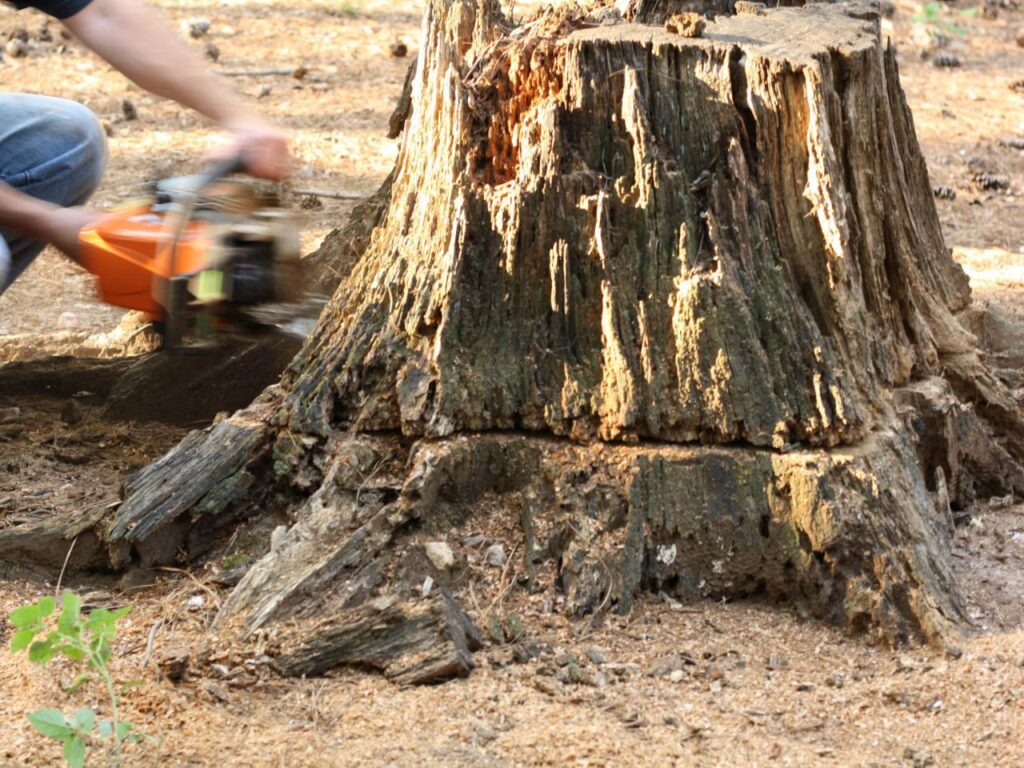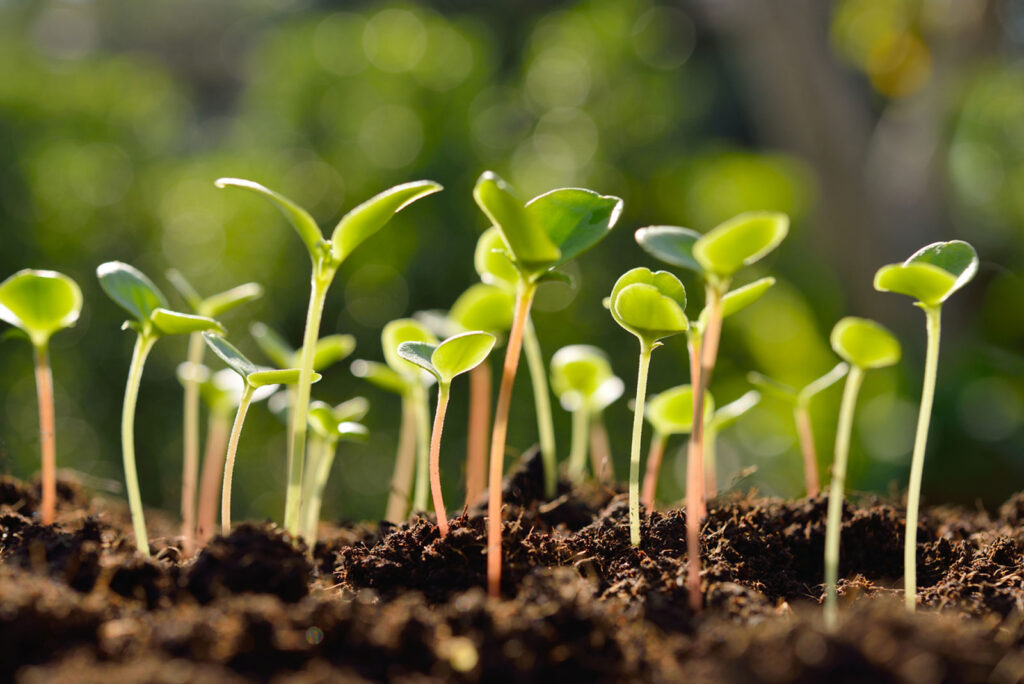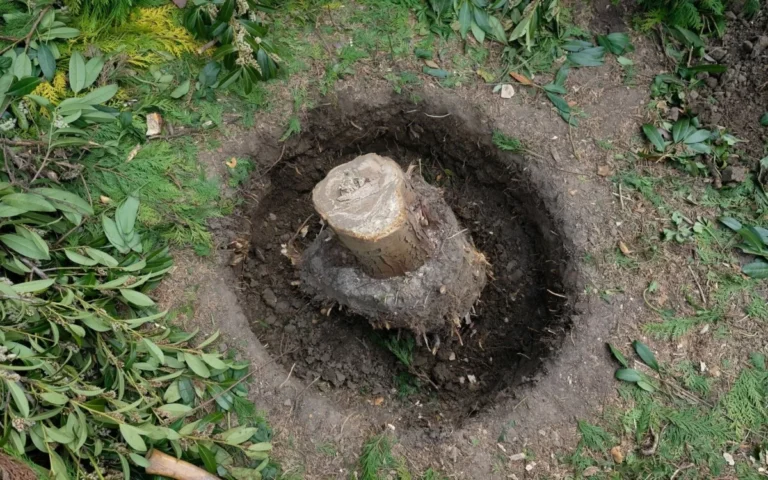If you have a house with a yard, no matter how big it is, we are sure that you try to make it look nice and comfortable. Many people dream of a spacious and beautifully landscaped yard, but only when they buy such property, they become aware of how much work a yard requires. There is a lot of effort behind every beautifully landscaped yard! However, no matter how hard you try and invest in the look of your backyard and the health of the plants in it, always be ready for new challenges. When a small, herbaceous plant gets sick and withers, it is very easy to get rid of the problem and replace it with a new one. Problems arise when tall plants, such as trees, die. In addition to the amount of work that awaits you in this case, you must be aware of the speed of solving this problem. If a tree falls on its own, it can cause many problems, including damage to your home.
In addition to dried wood, very often and completely healthy wood should not be removed. There may be: constantly accumulated leaves falling from trees, pests that have found a home in that tree, deep and large roots that can reach the foundation of the house, or simply do not aesthetically meet your criteria. In all these cases, it is necessary to get rid of the trees. The easiest part of the job is to cut down a tree, but what’s next?
When you get rid of the canopy and trunk of the tree, one remains much more complicated: a stump with roots. The job of getting rid of this is not easy at all. We have dedicated this text to this problem. So we bring you 3 tips for repairing your yard after removing a tree.
1. Get rid of stumps and roots, to begin with
As we have already mentioned, removing a tree is not so much a problem, of course, depending on the height of the tree. The bigger problem is with what’s left behind a felled tree. A stump with roots is a really big challenge. It may not bother you much visually to keep the stump in that place, but stump could bring many problems. Primarily, it can become home to many insects, and who still wants these visitors, of any kind, in their backyard! In addition to this possible problem, the stump can be an obstacle when walking and enjoying the yard, especially if it is overgrown with grass, because of it you will not have a perfect meadow or space for a pool, trombone, barbecue or other mini attractions in your yard.

However, the problem of removing stumps and roots depends on the type of tree. There are trees with very small and shallow roots, so you will not need special help to remove them. However, if it is a tree with strong roots, help is necessary. You can’t even imagine how deep and wide the roots can grow. Fortunately, some experts know how to estimate the size of the problem and have adequate equipment to remove it. If you need help: go now.
2. Filling the hole
After you have removed the stump and roots on your own or with professional help, a huge hole remains behind them. It can be a danger in itself and it looks very unsightly. It needs to be filled inadequately.
Before you start filling the hole with soil, think about how many roots there were and whether it could have depleted the nutrient resources from the soil. If you want other plants to continue to grow and quality grass to grow in the place where the tree used to be, we suggest you put fertilizer in the hole first. You can buy it in any painful pharmacy. Then bury the hole in the ground regularly. Make sure the soil does not have too much sand in it if you want a green and fertile garden. Quality and nutritious soil should be your priority. While doing this job, you need to know two things: if the ground is too loose, over time the level to which you have filled the hole will subside on its own and be much lower; and if you squeeze the greens too much, don’t count on the beautiful green grass coming out of it – there won’t be enough flow and circulation of matter and air. Therefore, be moderate, and the top layer should be a little more relaxed. It is best not to use a rake to loosen the top layer enough. Experts recommend that you leave a few centimeters higher embankment than the surrounding soil. So that it settles on its own when you start watering it.
3. Plant new seedlings

Maybe your yard looks empty now or the difference in grass or soil bothers you too much. Maybe you should plant a new plant. If you want it to be a tree again, think carefully about its choice. Remember why the old one bothered you, or why it didn’t work out in your garden. You have these specifics in mind, and choose a new tree that will adapt to the conditions offered by your yard. If you are unsure, we suggest you consult a professional service. However, it is best to plant a tree that is characteristic of the area where you live.
If you still don’t want a new tree, there are a huge number of herbaceous plants that you can plant in this place: from ornamental crickets to evergreen shrubs. If you have a meadow in mind, the simplest thing is to sow grass in that place and just water it regularly. The grass is always a great alternative, and if you change your mind, it is very easy to get rid of it.
In the end, you must be aware that cutting trees is much cheaper and simpler than the total costs that await you if you want to remove the stump and deep roots. There is also filling the hole and planting new seedlings. All this requires both time and money. But still, if you want to live in the beauty of your yard and healthy plants, some things simply have to be done. Remember that a tree that has been cut down can be used with a little creativity for a fence around a special type of plant or a small path through your yard.

